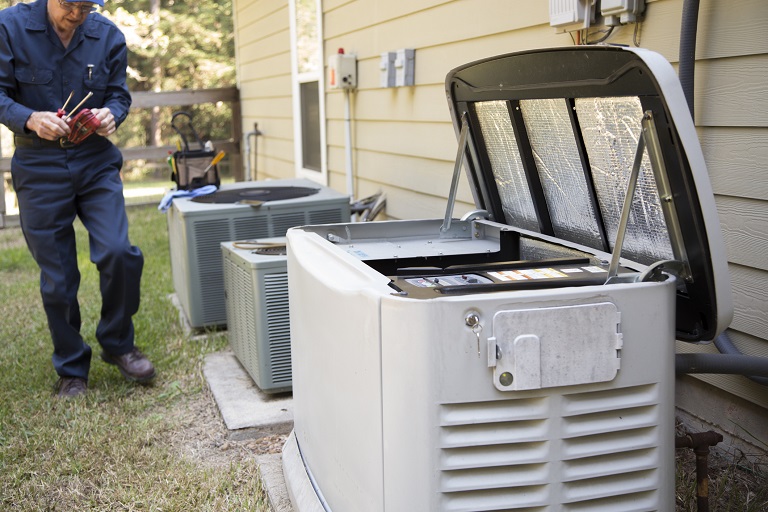
Resolute Electric
Resolute Electric
Hi, I’m Klaus. I’ve been an electrician for over 25 years and a Master for 22, specializing in residential and commercial installations, refits/remodels and troubleshooting. Here at Resolute Electric we can help you out with all of your electrical projects and problems. From replacing that atrocious light you’ve always hated to wiring your new house or business, we’re ready to power your needs. We offer free estimates and would love to put eyes on what you need accomplished. No job is too small because you need it taken care of and that’s what we’re here for. Ask us lots of questions and don’t worry, there are no dumb ones. If you’re on the Delmarva Peninsula rest assured, when we show up you’ll have a licensed and insured electrician who will make your concerns the only focus and number one priority.
" Without a doubt, I have NEVER dealt with a more honest, up front and professional electrician! They stayed in constant communication, stayed within my budget, punctual and were very willing to work within my time constraints. Best of all you may ask? I had other quotes that were jaw dropping and absurd. These pros told me that the work that I needed, was not what the competition was trying to ask me to pay for. I can say without contestation, that this is the most honest electrician (any contractor for that matter) has been! KUDOS and grateful for there are still some honest people out there. If there were TEN stars, they would have earned them! To quote the late Gene Wilder in the movie-Charlie and the Chocolate Factory… “So shines a good deed, in this weary world.” "
Jim G on November 2025
Hi, I’m Klaus. I’ve been an electrician for over 25 years and a Master for 22, specializing in residential and commercial installations, refits/remodels and troubleshooting. Here at Resolute Electric we can help you out with all of your electrical projects and problems. From replacing that atrocious light you’ve always hated to wiring your new house or business, we’re ready to power your needs. We offer free estimates and would love to put eyes on what you need accomplished. No job is too small because you need it taken care of and that’s what we’re here for. Ask us lots of questions and don’t worry, there are no dumb ones. If you’re on the Delmarva Peninsula rest assured, when we show up you’ll have a licensed and insured electrician who will make your concerns the only focus and number one priority.
" Without a doubt, I have NEVER dealt with a more honest, up front and professional electrician! They stayed in constant communication, stayed within my budget, punctual and were very willing to work within my time constraints. Best of all you may ask? I had other quotes that were jaw dropping and absurd. These pros told me that the work that I needed, was not what the competition was trying to ask me to pay for. I can say without contestation, that this is the most honest electrician (any contractor for that matter) has been! KUDOS and grateful for there are still some honest people out there. If there were TEN stars, they would have earned them! To quote the late Gene Wilder in the movie-Charlie and the Chocolate Factory… “So shines a good deed, in this weary world.” "
Jim G on November 2025













